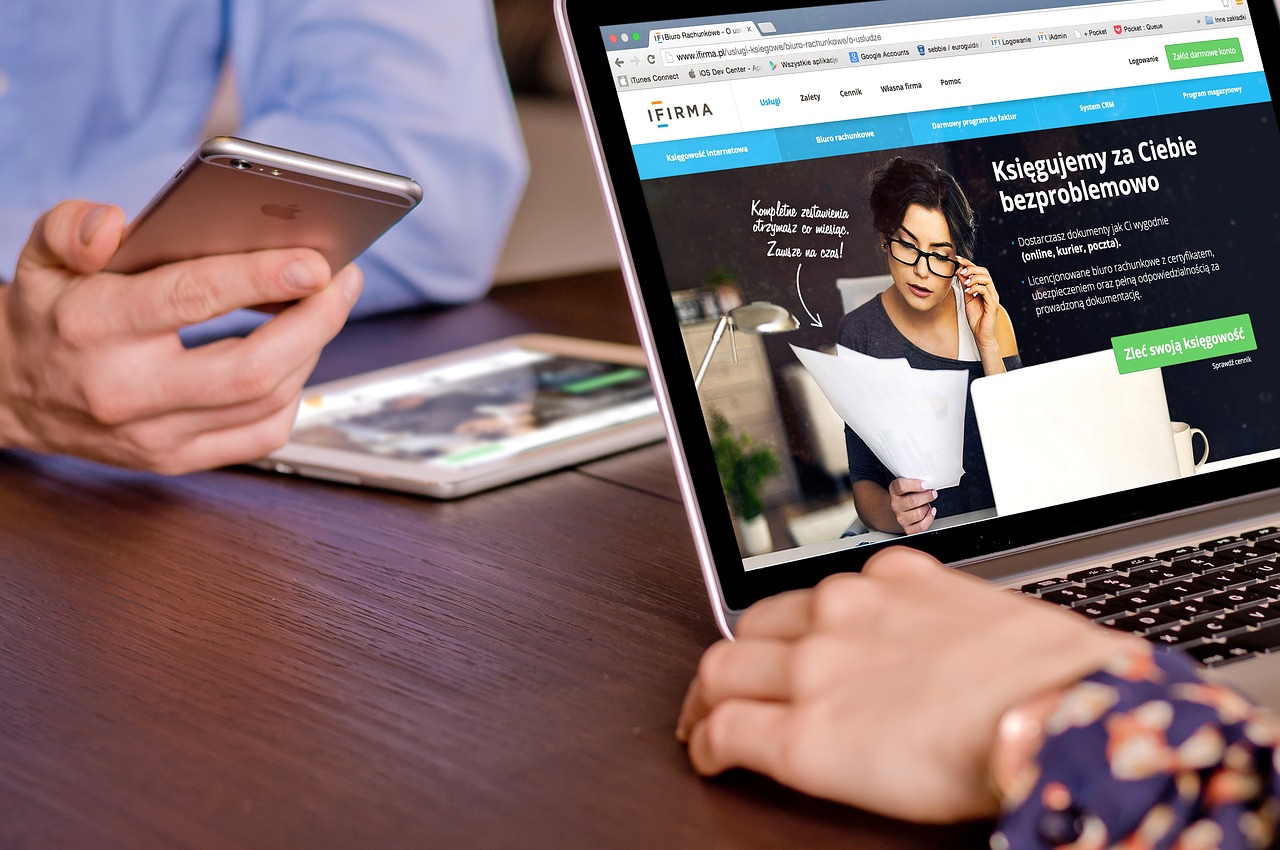Website design encompasses information architecture, site structure, user interface, navigation ergonomics, colors, contrasts, fonts, and images (photography), as well as icon design. All these elements combined form websites. Often, the meaning of «design» is perceived solely as a visual aspect. In reality, website design includes more abstract elements such as usability, ergonomics, design traditions, user habits, navigation logic, and other factors that simplify the use of websites and help find information more quickly.
Establishing your goals
One of the first aspects you must do is to have clear the objectives of your client or organization. What are you trying to achieve with the new website or redesign? What is the main purpose of the website? Ask your client, your manager, or yourself what they are. A clear direction is essential if you want your design to have a purpose. A website is not a work of art; It is an interface that serves a function. That function can be selling products, delivering informative content, entertaining, informing, or promoting access to a service. Whatever that function is, your design should focus on fulfilling it.
Identify your audience
Knowing who your audience is plays an important role in the appearance and functionality of your website. There are several demographic characteristics that can influence your web design, such as gender, age, profession, and technical competence. Usability should play a more important role for older and less technically savvy audiences. Who your audience is will not only influence the overall aesthetics of the website but will also determine many smaller details, such as font size, so make sure you have a clear understanding of who will be using your website.
Brand message
Think about color, think about the feeling you want to achieve and the emotions you want to evoke. Your design should represent the personality and character of your brand. Everything has a brand, even if you don’t sell a product or service, for example, if you run a blog, your website still has a feeling that impresses your visitors. Decide what that impression should be.
Objective oriented design
Now it’s time to implement everything above. So how do you make design decisions aligned with your strategy? Direct your design to achieve the objectives, for example, increasing the number of subscriptions to your service: clear and concise information, color contrast in buttons, agile forms, are just some ways. Your goals may vary, but the strategy is the same: shape and focus all design elements to channel those goals.
Measuring outcomes
Once you’ve designed and implemented your website, it’s time to measure success. If your goal is to increase the number of subscriptions to your service, measure it and see if your changes are having a positive impact. If you want to increase user engagement, see if you’re receiving more comments on your blog posts. You can also ask people for feedback; it’s a great way to check if you’re on the right track. Everyone will have different tastes, desires, and opinions on how your website should look. Look for patterns; see if there are common issues that arise and deal with them.
